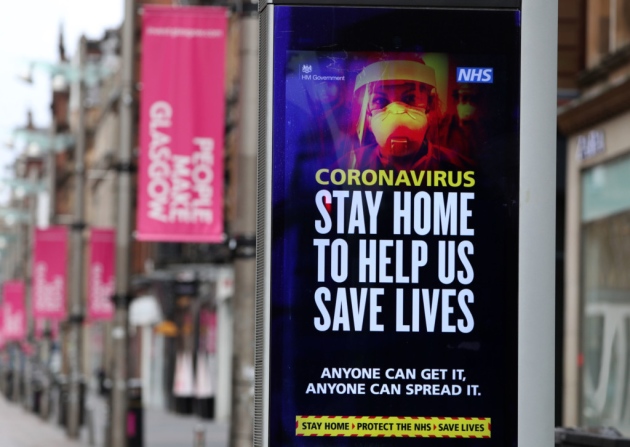Ada Analysis Shows UK Out of Home Population Movement Plateaus During Week Three of COVID-19 Lockdown
Latest data from Ada, Talon’s Out of Home data management platform, shows the dramatic change in population movement during March has now plateaued in April as the nation’s behaviour begins to stabilise.
The coronavirus (COVID-19) pandemic has already brought about rapid and significant change to the way people live their lives. During the last two weeks of March, social distancing measures, home working, and the closure of all schools, non-essential shops and entertainment venues has had an unprecedented effect on the time people spend Out of Home and the journeys they take.



Out of Home media specialist Talon, has been tracking the impact of the pandemic on population movement across the UK and developed a dashboard to share the results. Using their proprietary data management platform Ada, latest figures show that whilst population movement declined dramatically in the latter half of March, as of the second week of April (6th-12th) numbers have now plateaued as the nation begins to adapt to this temporary way of life.
Recommended AI News: The Significance of Data Cleansing in Big Data
Key UK Out of Home Insights from Ada for the period 6th – 12th April:
- Roadside traffic is the least affected travel option and as of mid-April, traffic numbers plateaued with a week on week change of just -2%, taking the overall decline in traffic to -54% below the baseline.
- Similarly, public transport usage has plateaued. Decline in London Underground usage began early in the pandemic at the start of March but as of the week commencing 6th April, week on week usage declined by just 1% taking the overall drop in usage to -84% below the baseline for this period.
- Rail usage followed a similar pattern albeit two weeks later with numbers dropping sharply in the last week of March. Again, for the week commencing 6th April Rail usage saw a WoW decline of just -1% but is down by -79% overall for the period.
- It is not just transit locations that have been affected. Other environments and key points of interest (POI) categories have experienced dramatic declines in visits, but behaviour has now levelled out and most POI’s have witnessed an average WoW footfall decrease of just -1%.
- Supermarkets are outperforming other POI’s, with the lowest decrease in footfall since the lockdown was enforced. POI’s associated with group gatherings such as Malls, Theatres and Pubs now have 85% less visits than the baseline average.
Ada receives billions of anonymised location data points each week and transforms raw data into insights about people’s movements and behaviours. Unlike other data sets, Ada delivers OOH media specific insight, which can be mapped against OOH advertising inventory.
Recommended AI News: SenSen Networks Secures ~USD$1.5 Million Smart City Contract in US
Ada has data partnerships with X-mode and Tamoco so location data spans all networks and devices to provide a fair cross section of the UK population. Whilst Google uses data directly from Google Maps and other mobile services, their data will necessarily be skewed to Android users. Likewise, Apple’s data methodology is also limited to Apple devices and the data generated through requests to Apple Maps. But with less than half of the UK population owning an Apple device and a substantial number of iPhones users opting to use other mapping apps, their data is even less representative of the UK population.
Ada also differs from other datasets because it uses multiple live and historic data sources to build a highly accurate baseline of activity. Ada reports from a baseline that uses normal periods aggregated across months in 2019 and 2020 to help dismiss anomalies. However, Apple uses data from 13th January 2020 onwards and Google uses January and February 2020 as the norm.
Sophie Pemberton, Strategy Director at Talon said:“We are witnessing a growing number of businesses collecting and displaying general audience movement information. Crucially, however, Ada is specific to Out of Home behaviour and has been developed by channel experts and as such, will be the source of truth for all OOH planning throughout this period of disruption.”
Recommended AI News: SAP Makes Support Experience Even Smarter With Machine Learning and AI Enhancements

Comments are closed, but trackbacks and pingbacks are open.